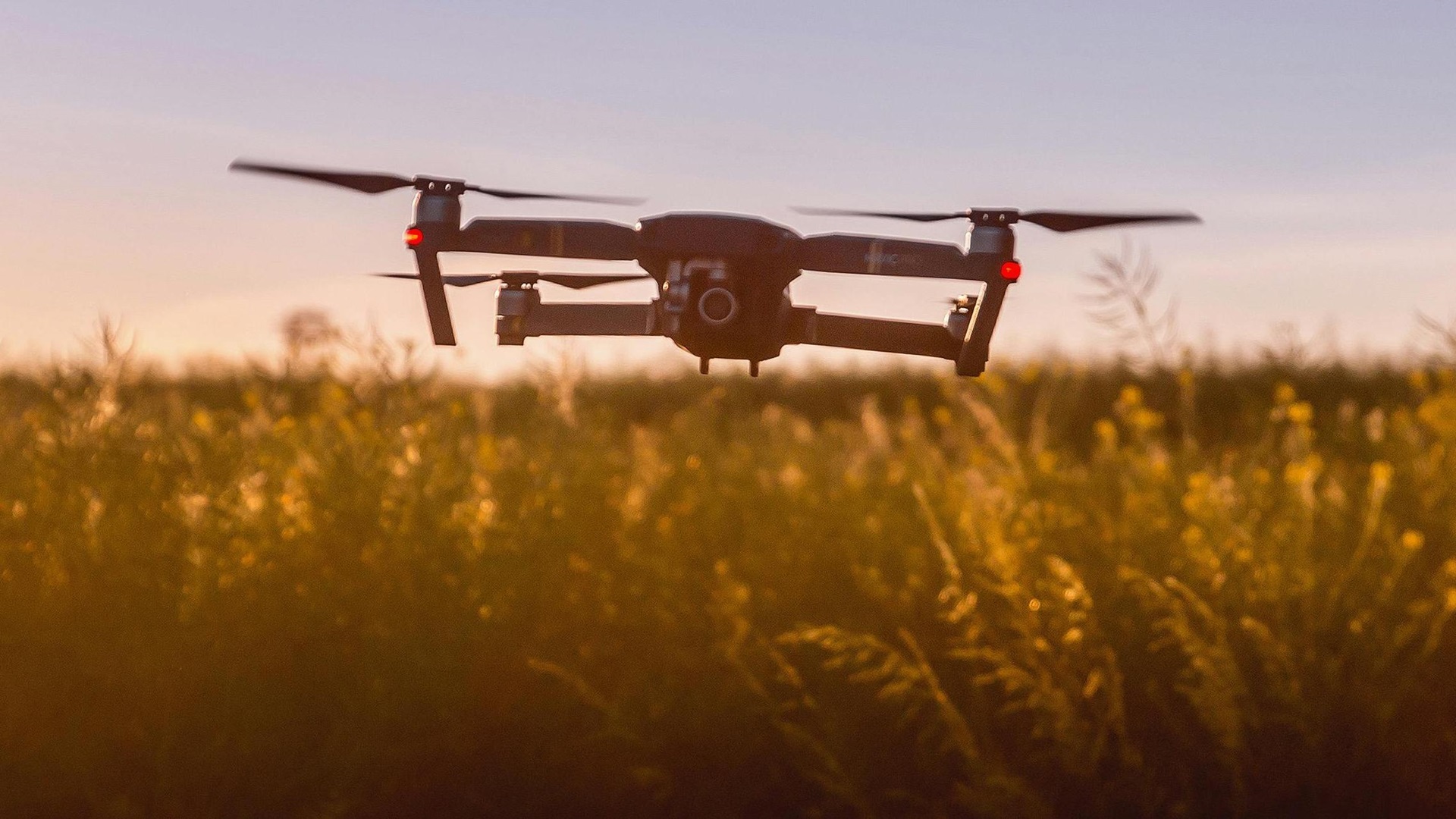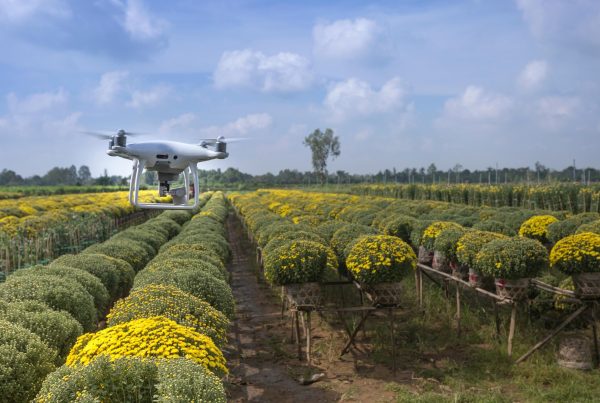The integration of drones in agriculture has become an increasingly widespread practice globally, considered strategic allies by companies across various sectors to enhance their activities.
According to a PwC survey, the global drone market already reaches $127 billion in annual sales, with projections for continuous growth.
In Argentina, this trend has gained momentum, especially in the agro-industrial sector. So much so that, since January 1, 2021, new legislation has been in effect to regulate the use of unmanned aerial vehicles (UAVs), reflecting the growing interest and importance of this technology in the agricultural field.
Why are drones gaining ground and considered essential for commercial strategy, especially in agribusiness? The main advantage lies in their ability to capture high-quality and extensive aerial images in any cultivated area, allowing for a detailed analysis of crop conditions and implemented improvements.
The use of drones automates and enhances various daily activities, such as pest and disease control. These tools provide instant information on plantation health, the presence of pests, and nutrition levels, all in real-time and digitally.
Furthermore, drones facilitate plant counting, identify weeds, assess leaf and fruit health, and detect soil nutrient or irrigation needs. This detailed information allows farmers to make informed decisions without the need to physically traverse the land, reducing errors and optimizing resources.
Drone technology adds to other innovations that have increased productivity in the field, such as the automation of agricultural processes and the use of agricultural machinery. Its inclusion in the technological package of the agricultural sector promises to be a competitive advantage both locally and globally.
In summary, drones are transforming agriculture by offering a detailed and up-to-date view of the field, driving efficiency and competitiveness in the global agribusiness market.





